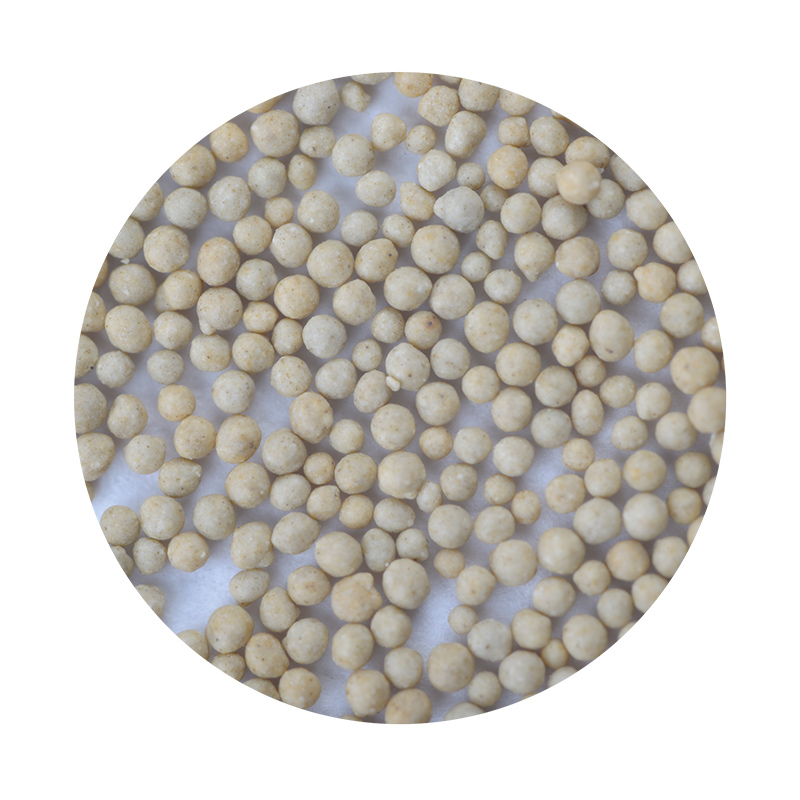The Benefits of 3D Printing a Sanding Block
In recent years, 3D printing technology has revolutionized various industries, from manufacturing to healthcare. One of the lesser-known, yet highly practical applications of 3D printing is the creation of custom sanding blocks. This article explores the advantages and applications of 3D printed sanding blocks, highlighting their versatility and efficiency in various projects.
What is a Sanding Block?
A sanding block is a tool used to hold sandpaper and provide a flat, stable surface for sanding materials such as wood, metal, or plastic. Traditionally, sanding blocks are made from wood or rubber and come in standard sizes. However, the limitations of these traditional blocks can impede a craftsman's ability to achieve optimal results. This is where 3D printing comes into play, enabling the production of custom-designed sanding blocks tailored to specific projects and user preferences.
Customization and Ergonomics
One of the primary benefits of 3D printing a sanding block is the ability to customize the design to meet individual needs. Every project is unique, and a one-size-fits-all approach often falls short. With 3D modeling software, users can design sanding blocks that fit their hand perfectly or accommodate unique shapes and sizes of workpieces. This ergonomic consideration can lead to greater comfort and efficiency during prolonged use.
Furthermore, 3D printing allows for the incorporation of features that enhance usability. For example, a user can design a sanding block with an angled edge for precision sanding in hard-to-reach areas or indentations that help hold the sandpaper securely in place. Such custom features improve the overall sanding experience, leading to better finish quality and reduced fatigue.
Material Variety and Performance
Another advantage of 3D printed sanding blocks is the wide range of materials that can be used in the printing process. Depending on the required durability and flexibility, users can choose from various filaments, such as PLA, ABS, TPU, and nylon. Each material offers distinct benefits; for instance, TPU provides a rubbery feel for added grip, while nylon might be employed for its stiffness and durability.
sanding block 3d print

Additionally, some 3D printing technologies allow for the production of composite materials, incorporating particles that enhance the sanding capabilities of the block. By mixing materials, users can create sanding blocks that function almost like specialized tools, with surfaces designed to optimize abrasion against specific materials.
Efficiency and Cost-Effectiveness
Traditionally, acquiring different sanding blocks for various tasks can be both time-consuming and costly. 3D printing allows users to quickly produce multiple designs without significant investment in materials or machinery. Once the design is complete, the time to print a sanding block is often much shorter than sourcing one from a retailer.
Moreover, the accessibility of 3D printing technology means that hobbyists and small businesses can create their own tools without the need for extensive equipment or funding. With a basic 3D printer and some design skills, anyone can produce professional-grade sanding blocks, reducing reliance on commercial products and facilitating a DIY approach.
Environmental Considerations
In today's world, sustainability is more important than ever. Traditional manufacturing often involves significant waste and the use of non-recyclable materials. 3D printing, on the other hand, can be a more sustainable approach. Since products are created layer by layer from digital designs, waste is minimized, and materials can be recycled post-use. Additionally, users can employ biodegradable filaments like PLA, further decreasing the environmental footprint.
Conclusion
3D printing a sanding block offers a plethora of benefits ranging from customization and ergonomic design to material versatility and cost-effectiveness. As technology evolves and becomes more accessible, the applications of 3D printing in woodworking, metalworking, and various other crafts are only set to expand. For professionals and hobbyists alike, the ability to create tailored sanding blocks not only enhances the quality of craftsmanship but also empowers users to take control of their tools, paving the way for innovative projects and improved results.
In essence, embracing 3D printing for sanding blocks and similar tools encapsulates the spirit of modern craftsmanship—combining traditional skills with futuristic technology to achieve exceptional outcomes. So whether you're a seasoned craftsman or a weekend hobbyist, consider the advantages of 3D printing your own sanding blocks for your next project. You might just discover a newfound efficiency and joy in the process.
Post time:gru . 15, 2024 19:26
Next:sand casting
